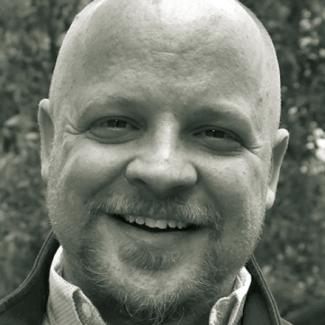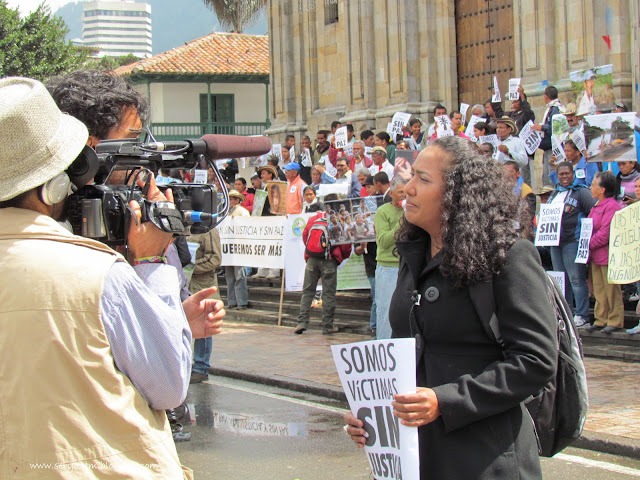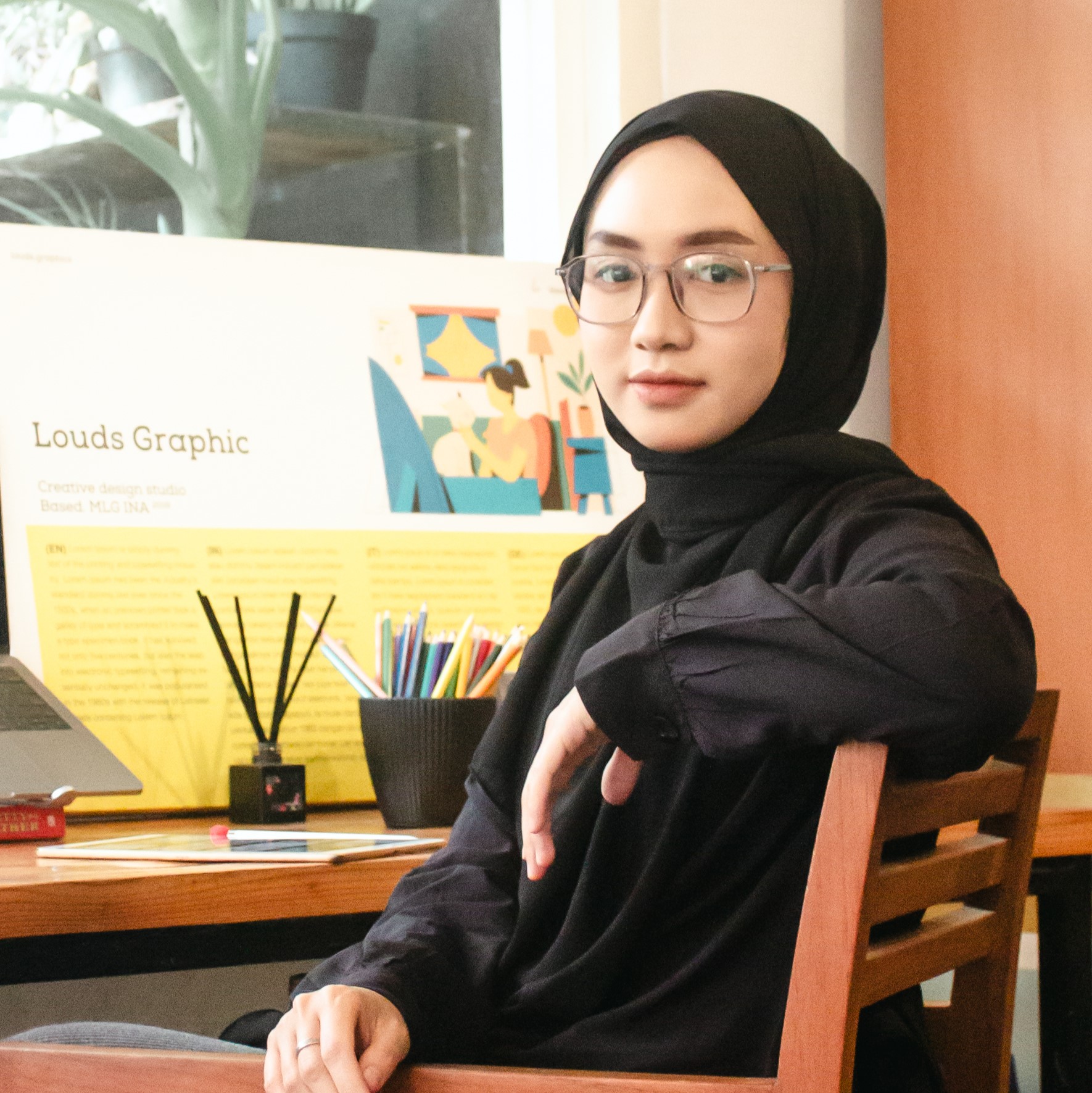Trauma
What helps traumatised societies to heal

According to the Sweden-based Uppsala Conflict Data Program (UCDP), nearly 3 million people worldwide were killed in war and armed conflict from 1989 to 2021. How many more people have experienced – and continue to experience – violence in such contexts is difficult to tell. Even a relatively short conflict can cause severe individual and collective traumas which take decades and even generations to heal.
In Germany, for instance, there is still a serious need to deal with the psychosocial, political and cultural legacy of the Holocaust in innovative approaches. That is true even 80 years – or three generations – after the twelve years of dictatorial Nazi rule ended. In Rwanda too, efforts to come to terms with the 1994 genocide in legal, psychosocial and political terms are far from complete. That year, at least 800,000 Tutsis were killed. The atrocious campaign went on for 100 days.
Individual trauma differs from collective trauma. The former is a psycho-emotional response to a severe experience. It can become a lasting mental wound with serious physical consequences. It is important to distinguish the catastrophic event – for example war, a natural disaster or the death of a loved one – from the individual person’s way of dealing with it. According to Canadian physician Gabor Maté, “trauma is not the bad things that happen to you, but what happens inside you as a result of what happens to you”.
How collective trauma comes about
Individual trauma is often denied and repressed for years. It needs to be dealt with on a personal level. Collective trauma, on the other hand, is more than just the sum of individual experiences of suffering. It is shaped by how groups of people in society attribute meaning to the events in memorials, commemoration days and rituals or other forms of multi-faceted storytelling. They all contribute to the construction of a common narrative, which in turn can then inform collective attitudes in the long run, according to sociologists Jeffrey Alexander and Elisabeth Butler Breese (in: Eyermann et al. 2016).
The media can uncover the narratives of multiple voices and make them accessible to large numbers of people. Journalists bear responsibility as they decide how they attribute significance to certain events. Their work influences the perceptions in society.
This starts when journalists cover a conflict (Legatis 2015). It is vital to involve previously neglected parties. Otherwise, some narratives may dominate for the wrong reasons. The media must offer alternative – but nonetheless truthful and fact-based – viewpoints. In particular, marginalised communities, which often have large numbers of victims, must be supported in expressing their views.
Another reason multi-voiced perspectives matter is that extended violent conflict tends to twist people’s worldview, making them more narrow-minded. The psychosocial consequences can be serious. Moreover, it becomes more difficult to transform a conflict. As perceptions of “us” and “them” harden, aggressive stereotyping becomes prevalent.
It is necessary to put an end to such dynamics of hateful polarisation. However, it takes a long time and much effort. It can also prove painful to individual persons moreover.
New perspectives
In the aftermath of mass atrocities and systematic human-rights violations, those who suffered must regain strength if they are to adopt new perspectives. To rebuild a society with peace-promoting structures, people must become able to imagine future-oriented modes of collective life. Forms and content must be negotiated in public discourse.
The media can contribute to peace building by setting the public agenda, if they offer opportunities to check and understand the perceptions and patterns that people use to make sense of traumatic experiences. Both the people who bear political responsibility and those who are personally affected deserve such opportunities. The point is that the media can help to modify hardened identities and clear the path towards further change.
To grapple with collective trauma, suppressed narratives must get attention. It is important to be sensitive to constructive criticism and promote the kind of dialogue in which all relevant parties are heard. For the media to make a meaningful contribution to peace building, the quality of what they publish and the motivation that drives them both are decisive.
It would be naïve to assume that media outlets and their staff do not pursue agendas of their own. Moreover, they operate according to systemic requirements. Conflict coverage is filtered by journalists who spell out causes and effects. Narratives are thus regularly selected and shaped by media before they spread in a community. Journalism must therefore continuously be questioned and its legitimacy should not be taken for granted. As a matter of fact, journalist must do so themselves (see box below).
References
Eyerman, R., Alexander, J. C., Butler Brees, E., 2016: Narrating trauma – on the impact of collective suffering. Abington, New York: Routledge.
Legatis, R., 2015: Media-Related peacebuilding in processes of conflict transformation. Berlin: Berghof Foundation
https://berghof-foundation.org/library/media-related-peacebuilding-in-processes-of-conflict-transformation
Rousbeh Legatis is a peace scholar and consultant who advises agencies involved in peace building, particularly in Latin America.
rousbeh@gmail.com










